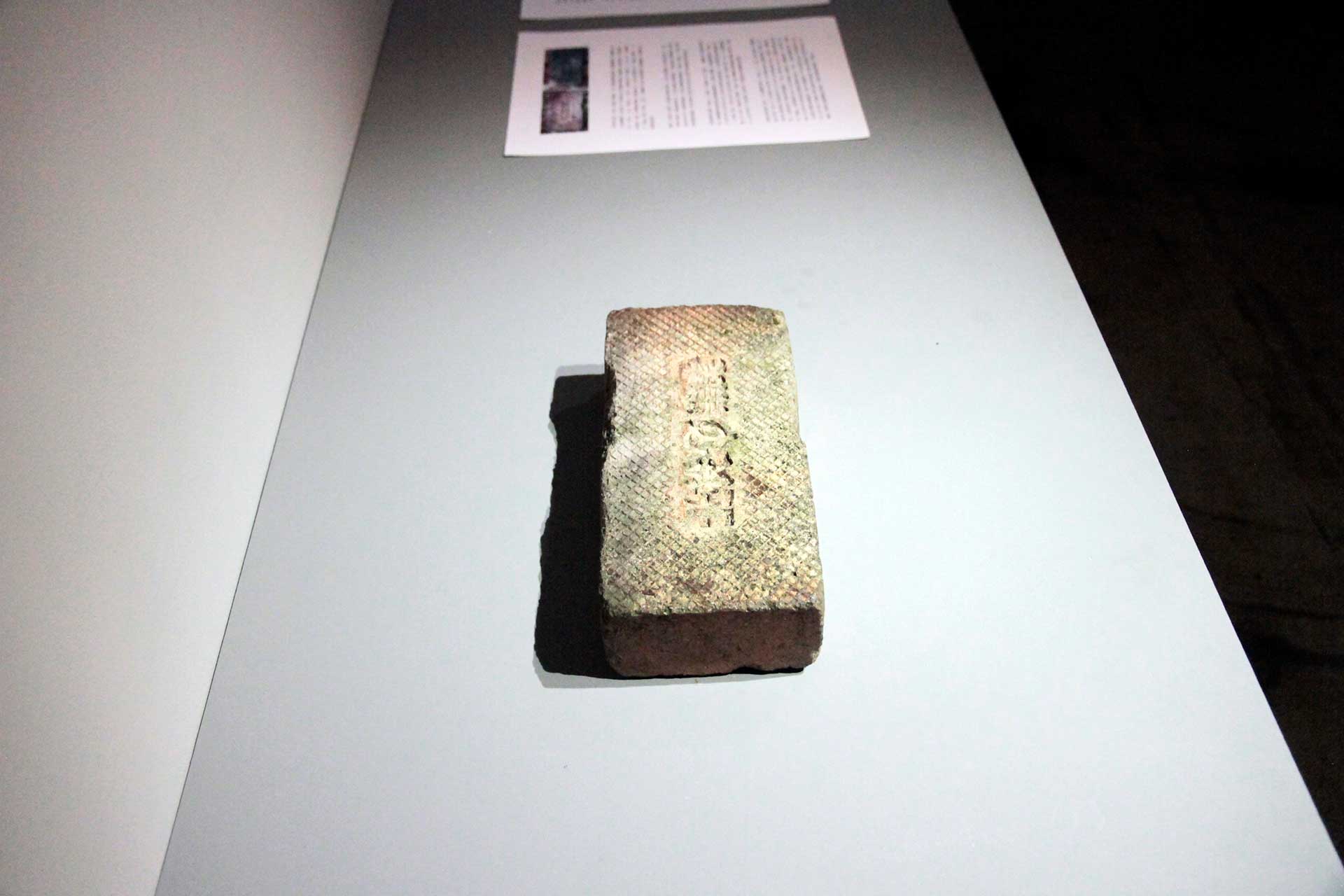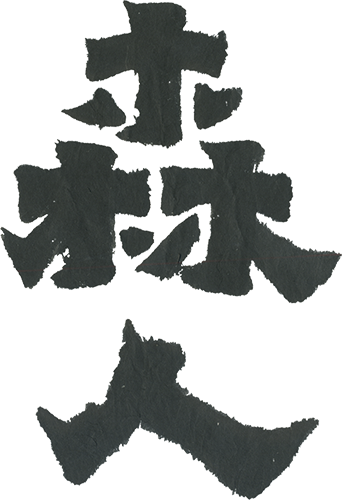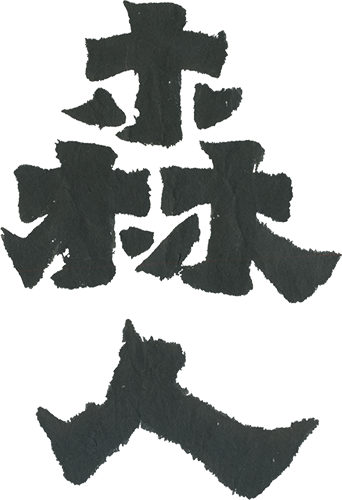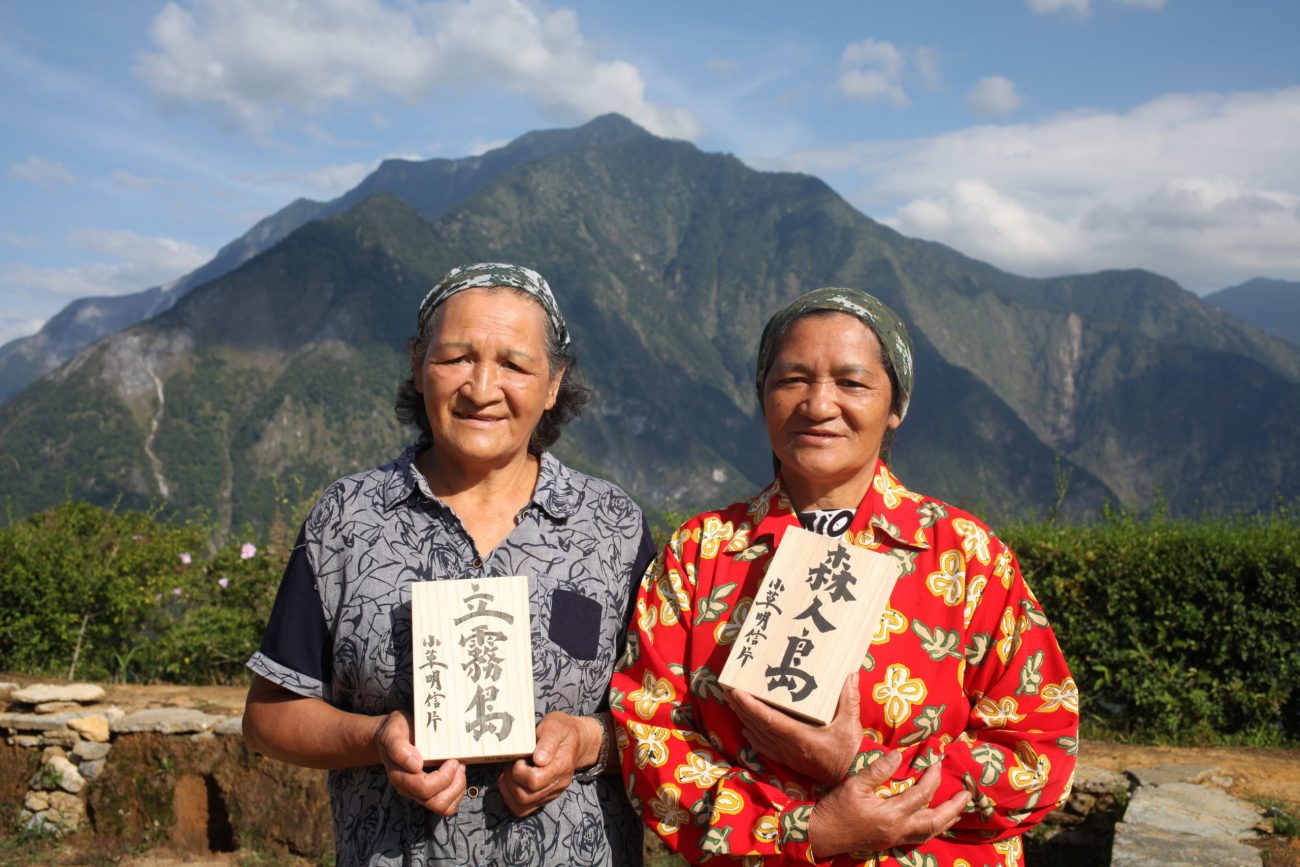Taroko Arts Residency Project (I & II)
Hkwasan 2017,Dmurun ka kingan ki kuyuh: Tai swam ha lmglug lnglungan seejiq ka qneepah namu ni mha dhq psbiyax hiya nanak ka snalu na.
Supu ta miyah mksa dgiyaq kana.
*Taroko translation was assisted by Ms. Nac Hijiyu and Ms. Yaya Huwat.
___Before the final show in 2017, the tribal aunts prayed for the visiting artists: “Wish you complete the works that will touch others, and which will touch you too. And also hope you have learnt and will learn a lot in this journey.” (Extracted from 2017 Resident Artist Dorothy Wong Ka Chung’s Facebook)
Tree Tree Tree Person – Taroko Arts Residency Project ( I & II ) – the curatorial project continues the reflection and introspection within the possibility of Art as interaction with Nature. In 2018, the residency acts more like a footnote to the implemented projects in the last two years. There is no dogmatic curatorial conception, only invitation. The residency invites eight former artists-in-residence to come back to the mountains to continue their thinking and creating for one more month, invites the Taroko people who have cooperated with us for two years, invites the tribal church friends at the foot of the hill, invites Taroko tribal people who have left the mountain to work for their living, and also invites people who want to learn about some stories that come from the mountains. Let us take a mountain road together again this summer.
Residency Project
On the trails of Sukadan, Ania Varez in collaboration with Simat and Shang Chiao Li
This is a participatory performance that invites people living in the city of Taipei to connect with the existence of the Truku tribe, specifically to one of its members, Simat. It relies on the experience of the body and the use of the voice as tools to enable attention, creating a space where partitipants are first invited to listen and later to approach a reply that can hold and recognise the other.
With narration from Shang Li. Written statement and voice by Simat.
“Going Back, o!sland (Dorothy WONG Ka Chung, Benjamin RYSER)
The conversation starts from death. She tells us about her mom’s last words, the time she shared with her husband before his passing. We talk until the tears dropped, she hits with her chopsticks on the edge of the steel cup. She stands up and lights a fire to burn the dry wood lying in the garden, all the emotion is condensed between these two actions. It reminds us of a pile of expired and broken photos that we found when we stayed at her place. The raindrops, the dust and time left their traces on the pictures. It looks like a burn mark. The ashes cover the grey sky and float in the air. It looks like the flurried swallows at the foot of the mountain that came back from far away.
All the sounds in this installation are borrowed sounds. They come from Yuli’s cup; the cup from which Yuli drinks water and eats instant porridge when she is in the mountains. We borrowed the cup and brought it from the mountains to Taipei. At the end of this week, we go back and we carry the cup back up to the place where Yuli is at home.
Life, death, coming back, leaving. Living between the cracks.
* This installation was developed from fragments of the conversations and life we shared with our host as we went back to stay with her for the second time. The audience is welcome to use a torch to discover these fragments. Text: transcript from a conversation; copy-edited translation by o!sland Still images: taken and provided by Yuli
Crossing an imaginary valley, Jing-Yun Ou
I sorted out the things from the outline of a mountain from the photos, the museum, the encyclopedias, blogs, tourist guides, and so on. In my project, wife is the bridge connect with these things, and it also means the process of stitching inside out. When I live together with Truku people, the people who I most communicate with is woman. I look for and re-discover the sensation that we lose and forget. Through passing an imaginary valley, I would look at the stars after walking a long mountain road and observe local people’s subtle expression. After going back Taipei, the sensation reminds me these things that I have forgotten.
The gift exercise / Invitation 4: Sakadang, Nina Willimann & Mayumi Arai in collaboration with Nac Hijiyu and Shang Chiao Li
During their stay in Taiwan, Nina Willimann and Mayumi Arai research about the notion of hospitality in a (post-)colonial context. Hosted by a Taroko family, they found themselves confronted with their own involvement as European / Japanese in the violent and complex colonial history of Taiwan and its aboriginal peoples.
Being colonized by different imperial nations during the last 400 years, Taiwans indigenous peoples had to arrange to live under several occupations which left traces in the political, cultural and social topography as well as in personal memories.
For the presentation in TheCube Project Space, Willimann/Arai invited their Taroko host and teacher Nac Hijiyu and Taiwanese scriptwriter and translator Shang Chiao Li to contribute their personal perspectives on the territory of Taroko National park. As an attempt to map their common history, this „kaleidoscope of gazes“ will be presented as a collective, multilingual reading performance.
Tengu, and sea cucumber and historical explore, Cheng-Te Chin
Canyon, Liwuxi river, Confluence, the educational enter for Truku children, prisoner of war, block-house, elder hunter, trap, animal excrement, hunting pathway, Rushui association, bottle, triangulation point, loyalty monument, historic wall, Tengu Rock, fern sea, sea cucumber mountain, Truku-Japanese War, veteran, cow, Hualien farm, hawthorn, mountain pig, sambar, Open Road Monument, gully, cannon, Tennis Court, Army Cemetery, North Casting kiln industry, campsite, campfire, water source, stars, Galaxy, Ta mountain, Triangle Cone mountain, Futian mountain, Sakumayama mountain, Shantou mountain, ropeway, hanging wheel, sink slate, police road, gold mining , Green Water…
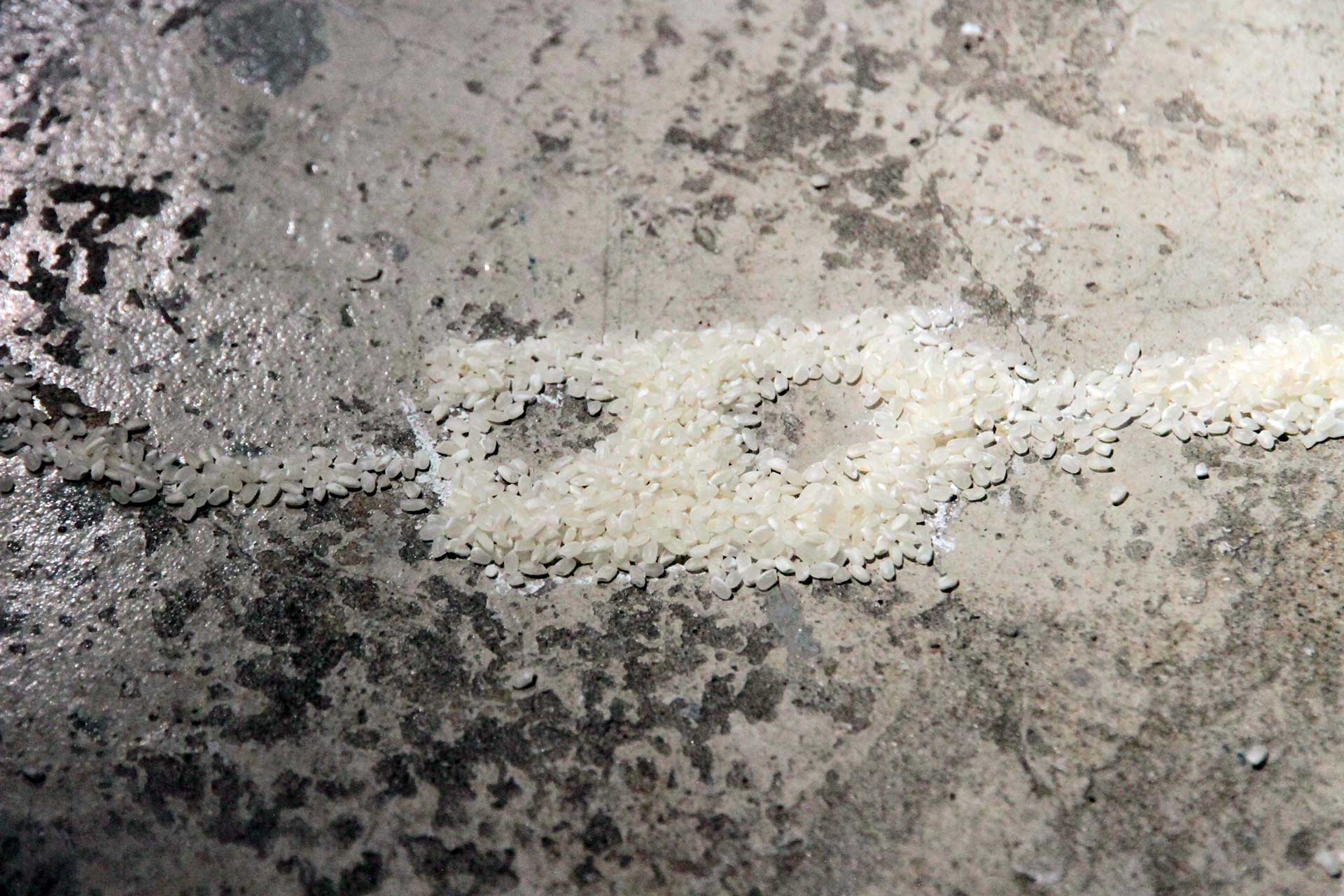
On the trails of Sukadan, Ania Varez in collaboration with Simat and Shang Chiao Li
On the trails of Sukadan, Ania Varez in collaboration with Simat and Shang Chiao Li
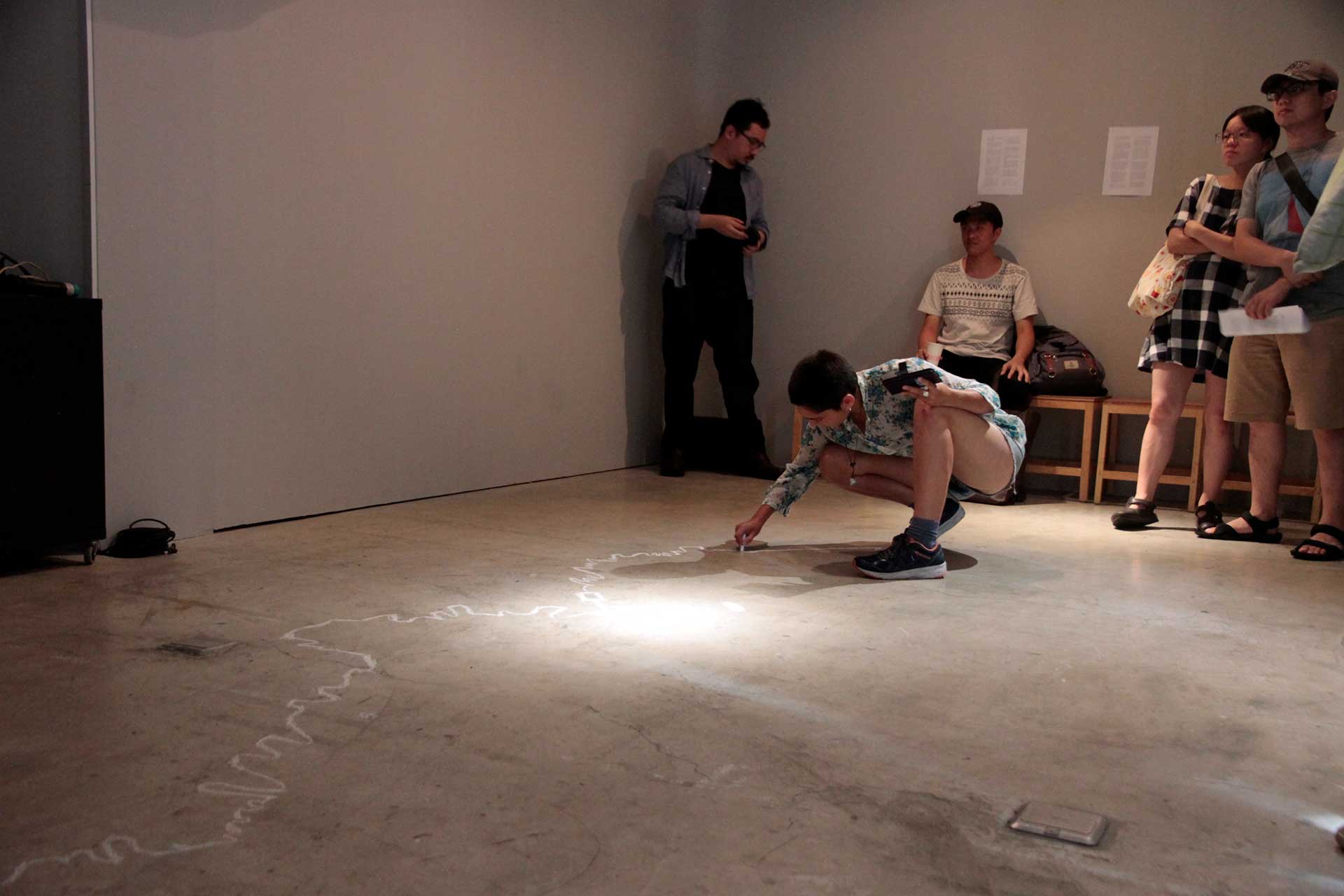
On the trails of Sukadan, Ania Varez in collaboration with Simat and Shang Chiao Li
On the trails of Sukadan, Ania Varez in collaboration with Simat and Shang Chiao Li
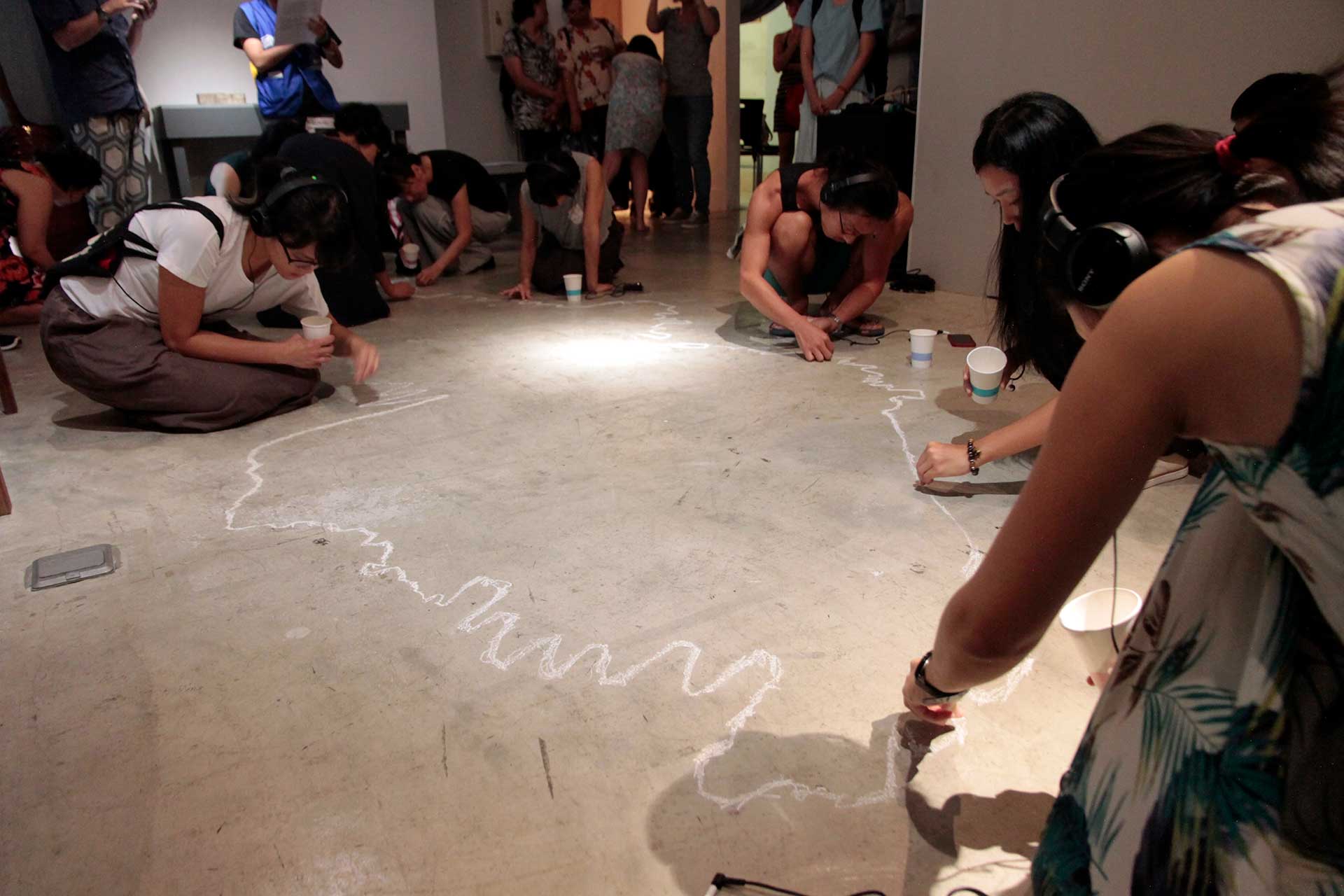
On the trails of Sukadan, Ania Varez in collaboration with Simat and Shang Chiao Li
On the trails of Sukadan, Ania Varez in collaboration with Simat and Shang Chiao Li
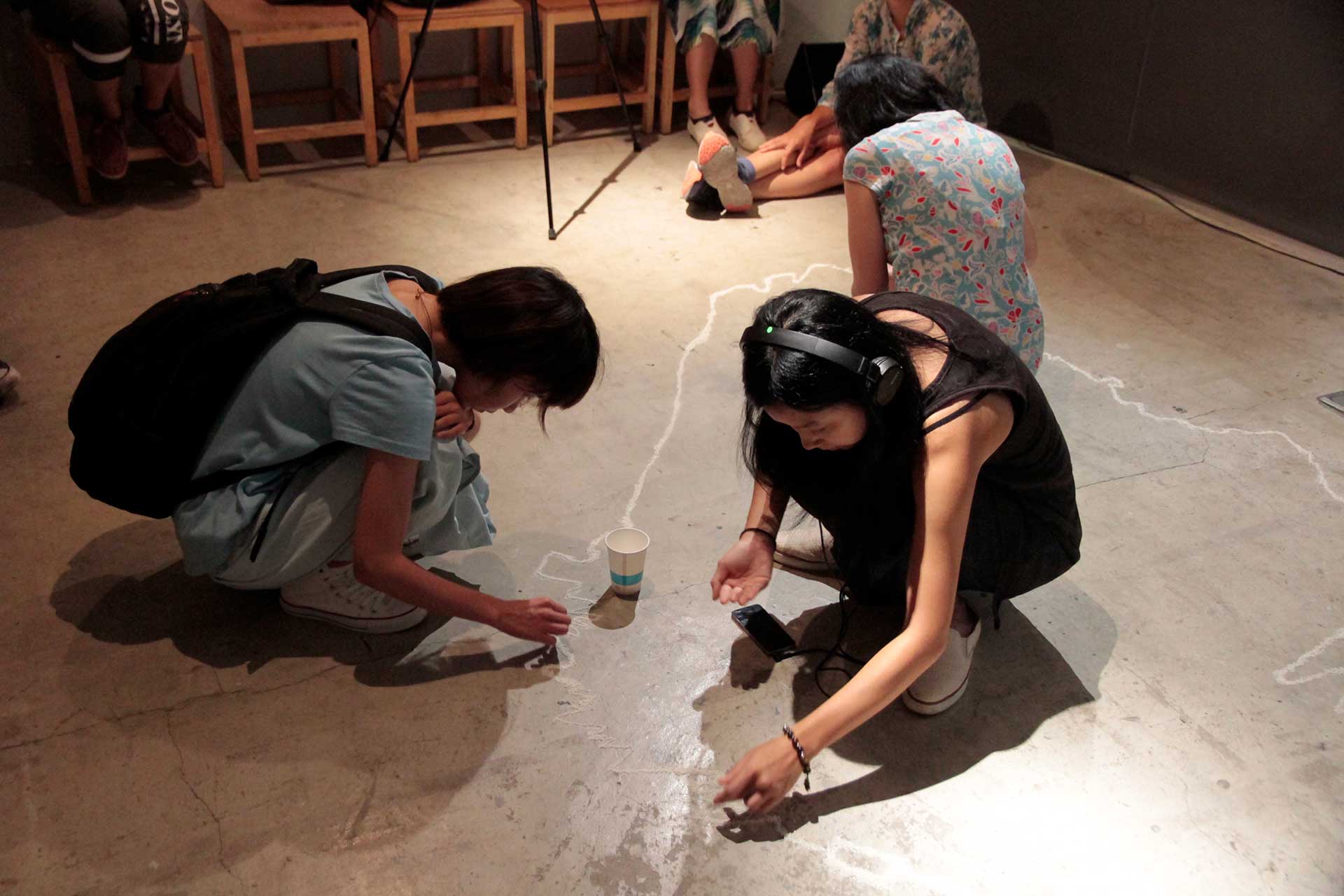
On the trails of Sukadan, Ania Varez in collaboration with Simat and Shang Chiao Li
On the trails of Sukadan, Ania Varez in collaboration with Simat and Shang Chiao Li
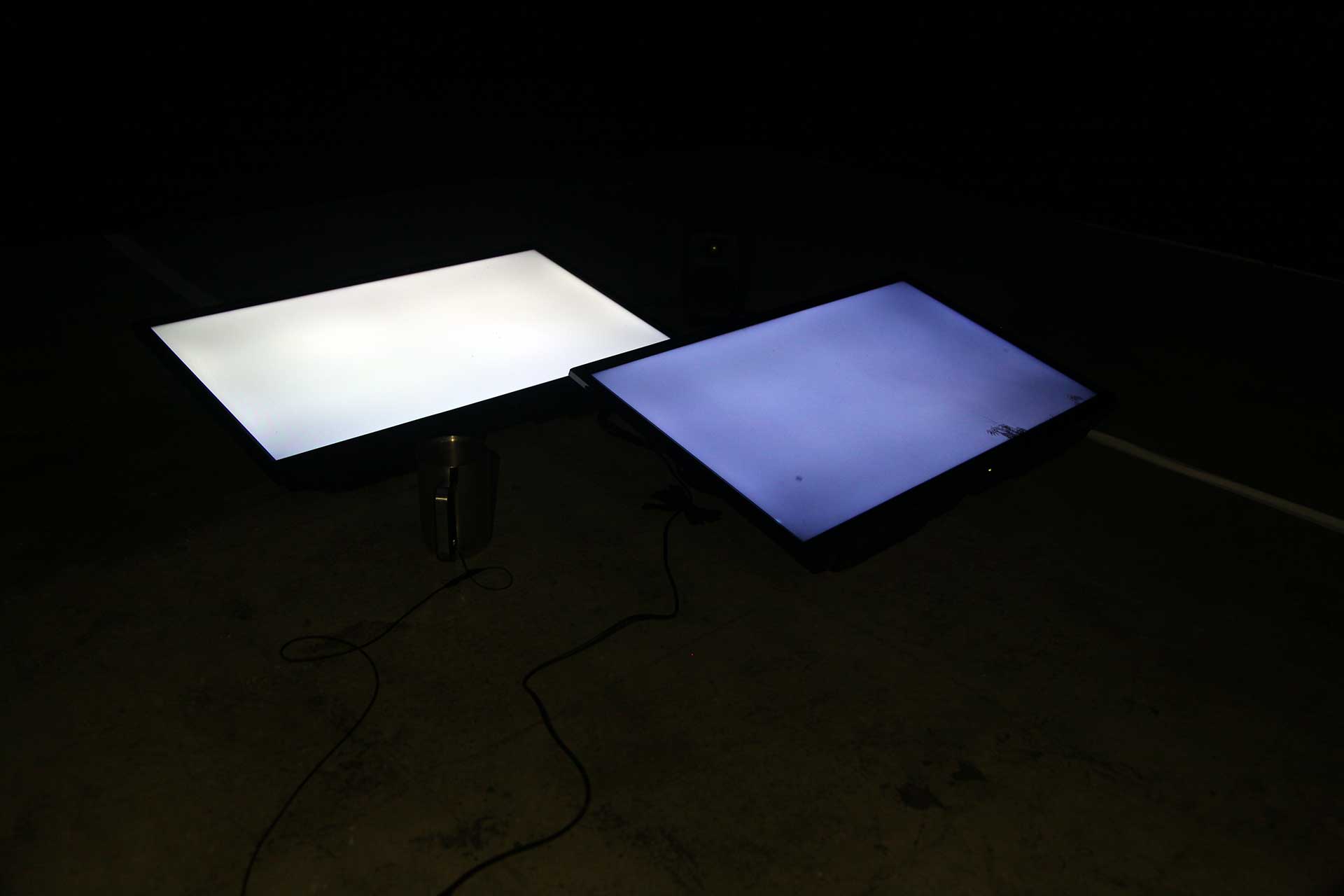
Going Back, o!sland (Dorothy WONG Ka Chung, Benjamin RYSER)
Going Back, o!sland (Dorothy WONG Ka Chung, Benjamin RYSER)
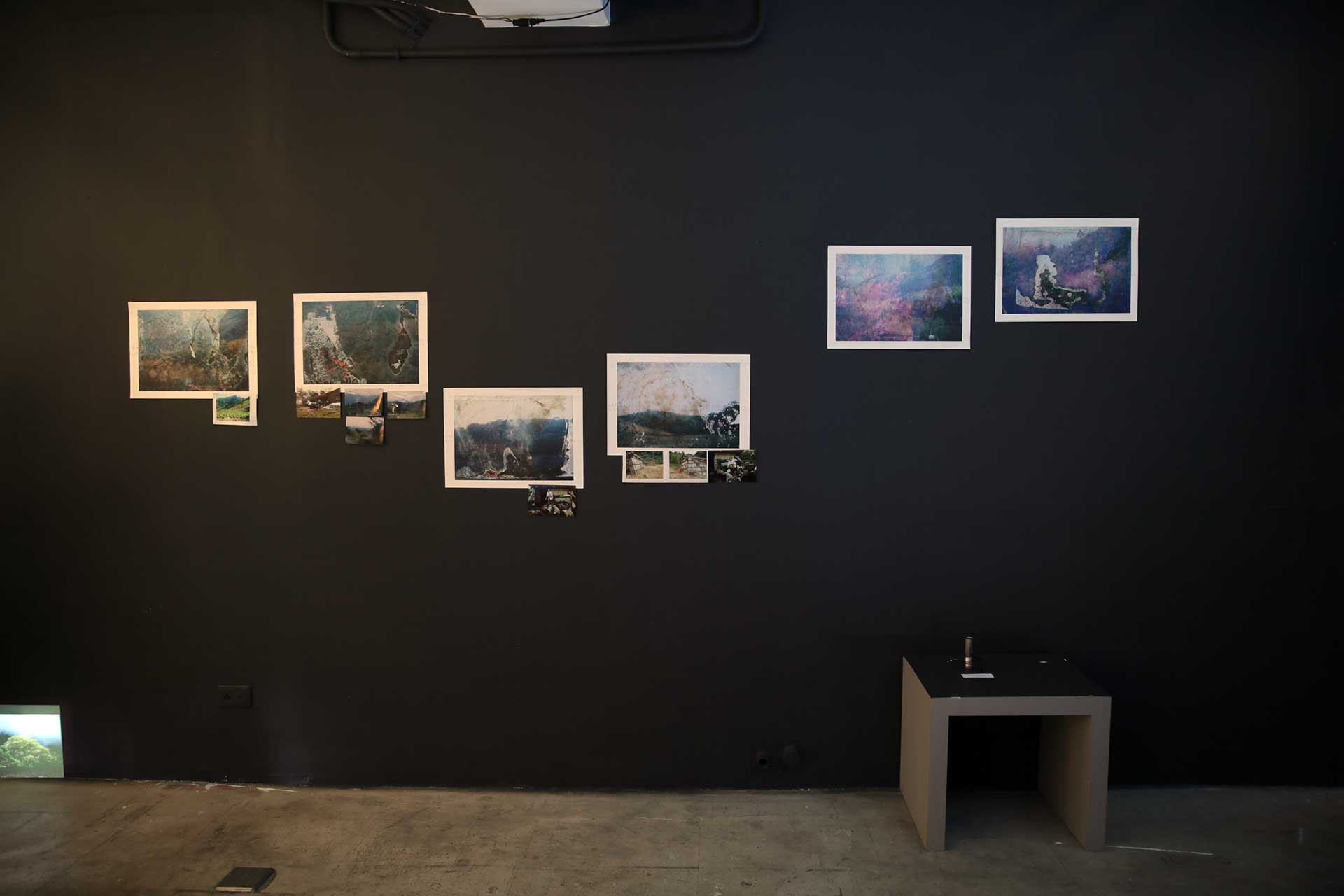
Going Back, o!sland (Dorothy WONG Ka Chung, Benjamin RYSER)
Going Back, o!sland (Dorothy WONG Ka Chung, Benjamin RYSER)
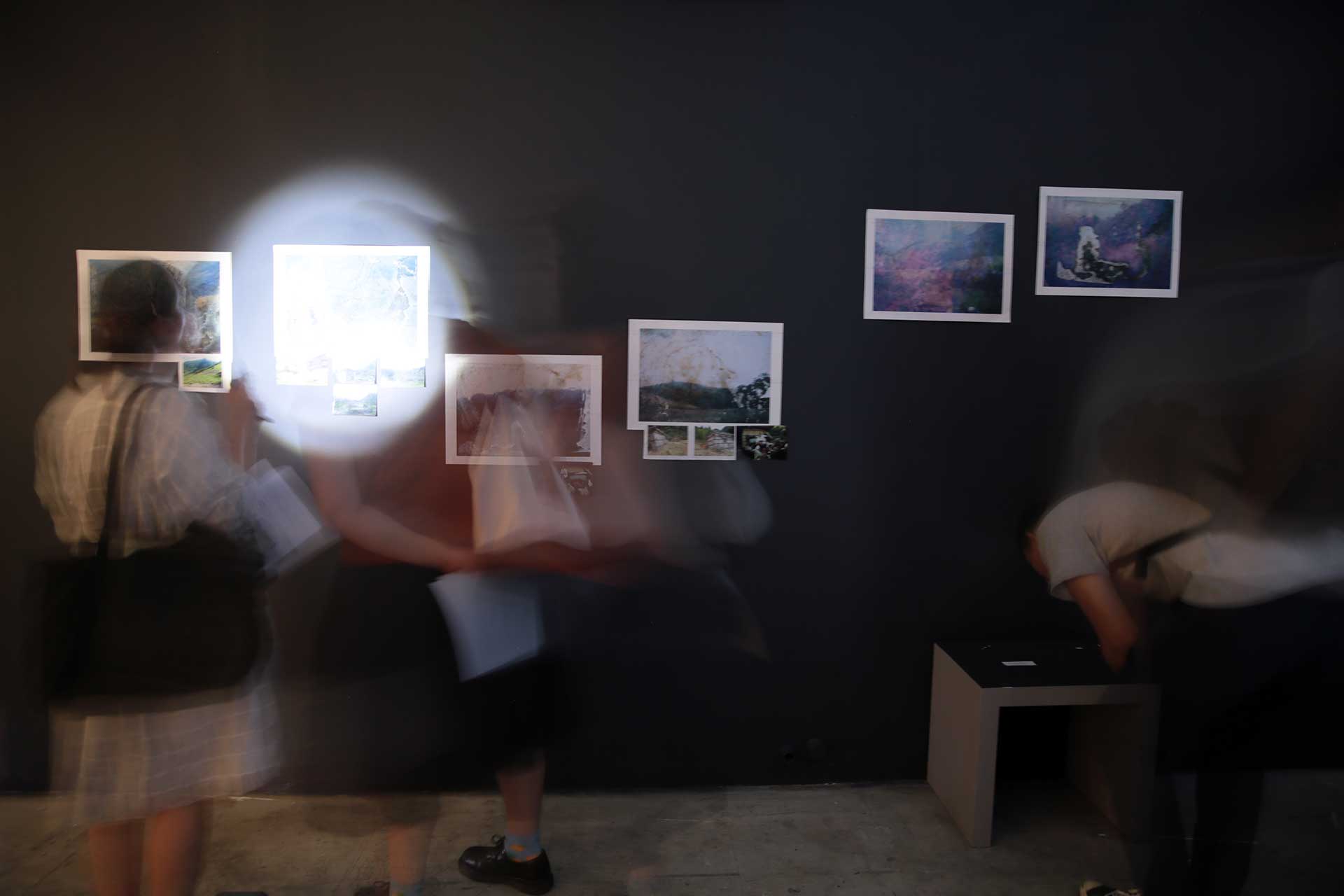
Going Back, o!sland (Dorothy WONG Ka Chung, Benjamin RYSER)
Going Back, o!sland (Dorothy WONG Ka Chung, Benjamin RYSER)
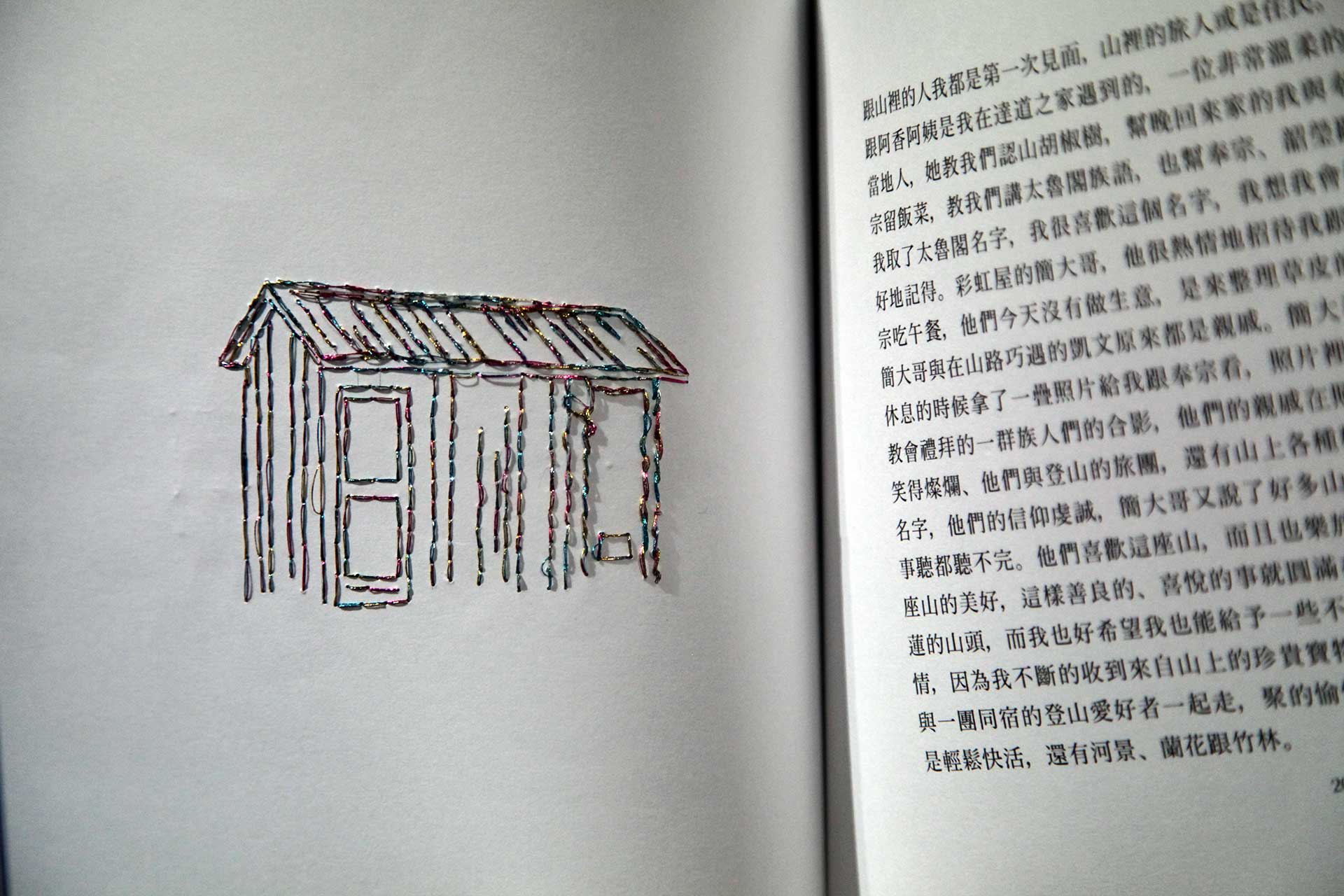
Crossing an imaginary valley, Jing-Yun Ou
Crossing an imaginary valley, Jing-Yun Ou
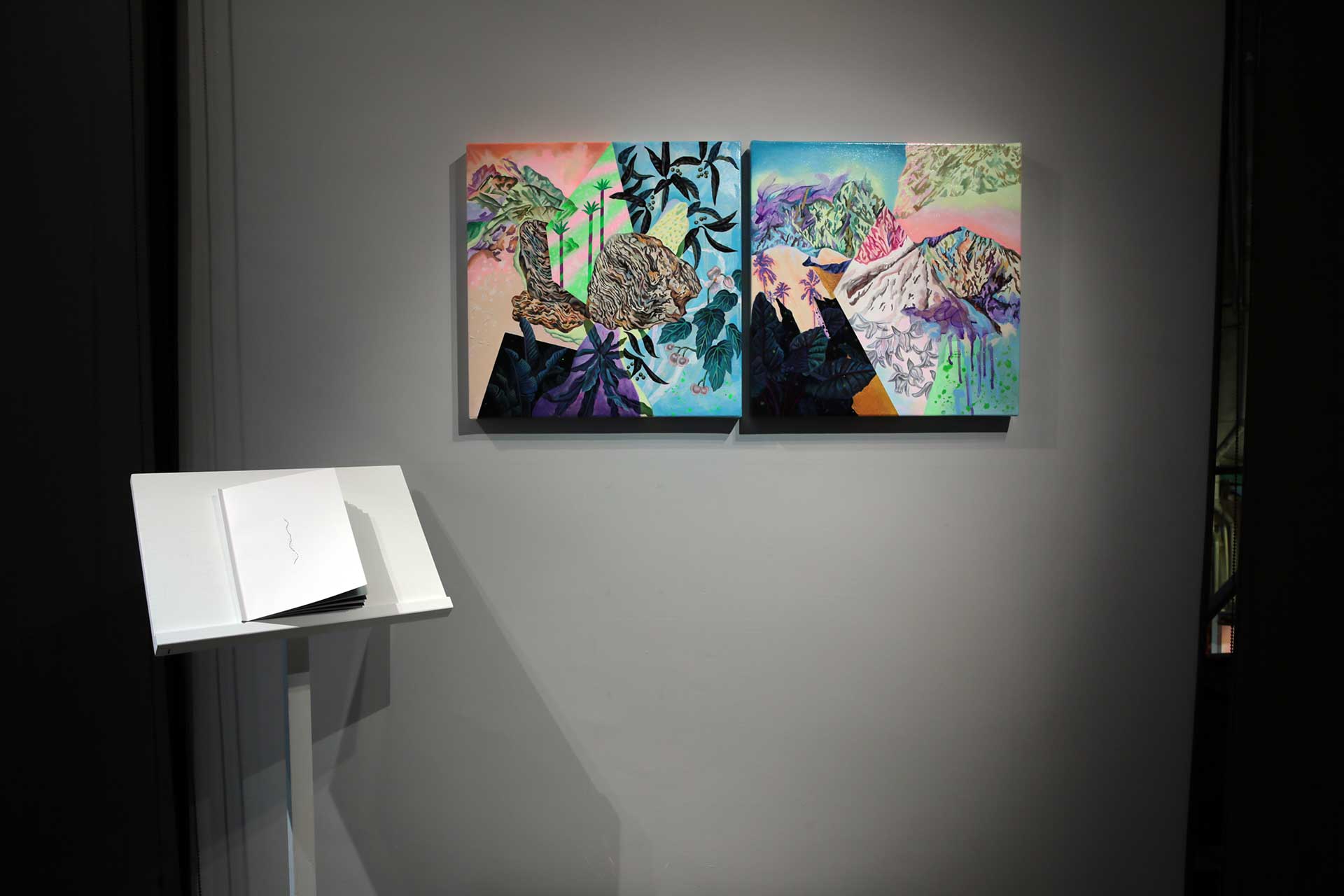
Crossing an imaginary valley, Jing-Yun Ou
Crossing an imaginary valley, Jing-Yun Ou
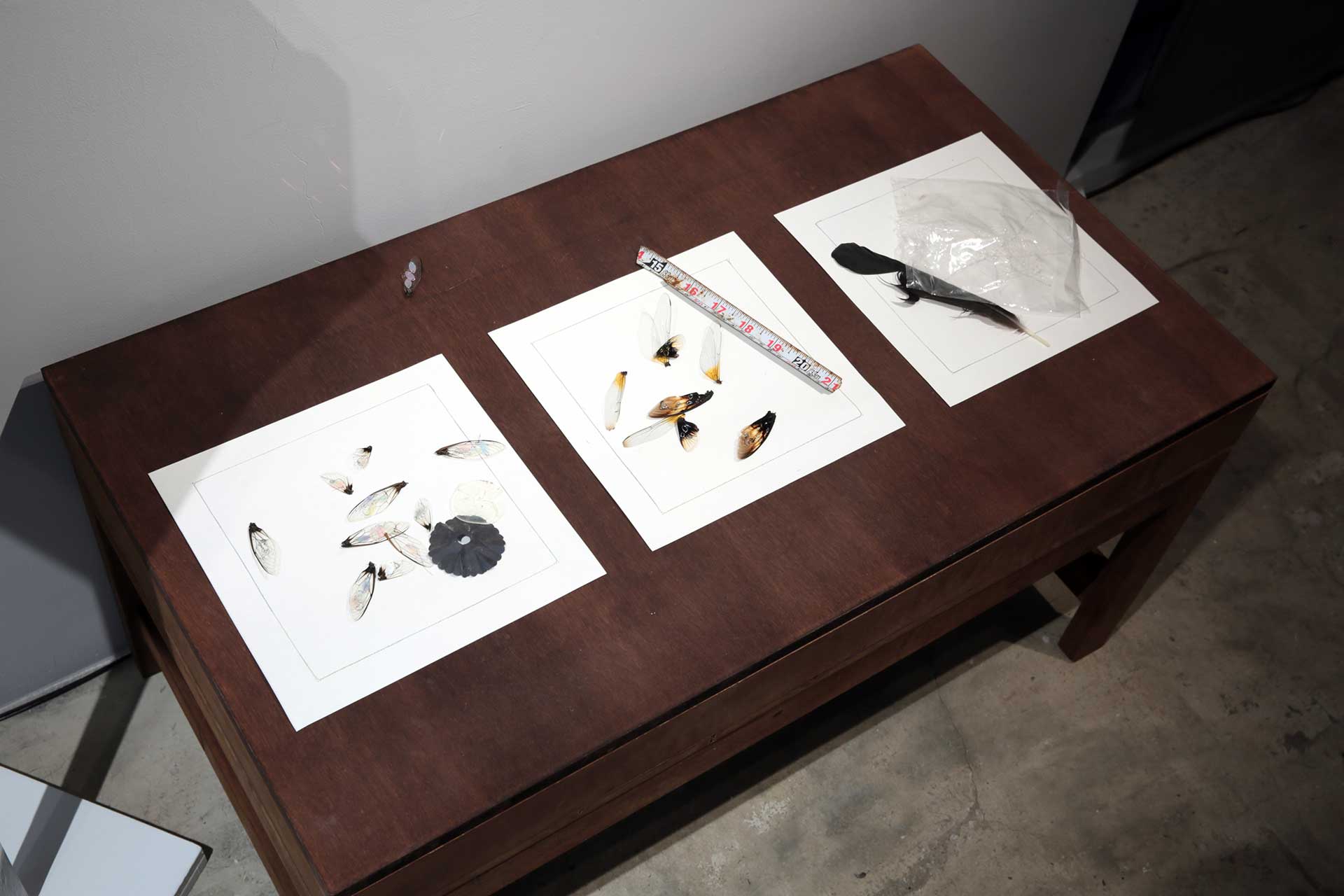
Crossing an imaginary valley, Jing-Yun Ou
Crossing an imaginary valley, Jing-Yun Ou
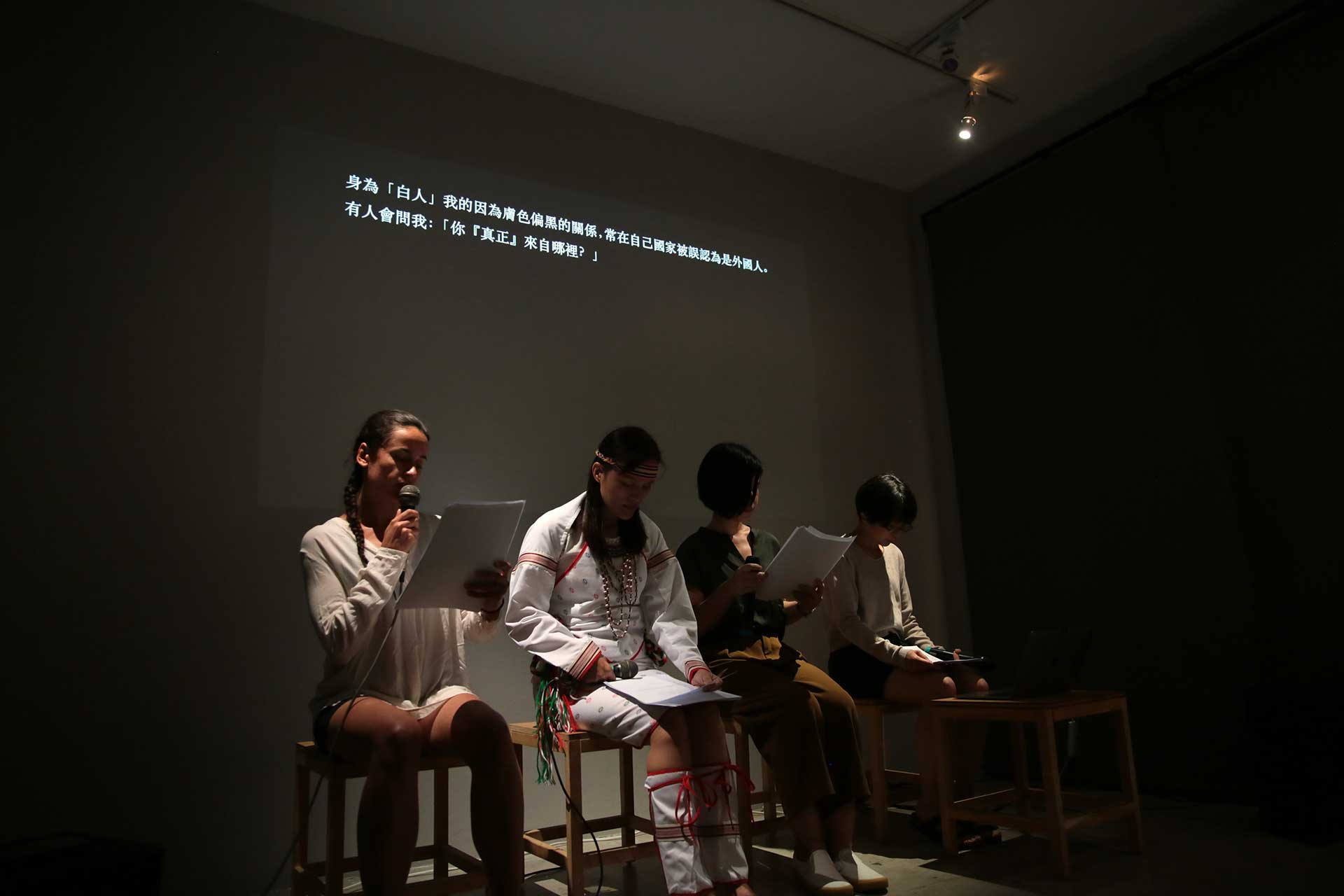
The gift exercise / Invitation 4: Sakadang, Nina Willimann & Mayumi Arai in collaboration with Nac Hijiyu and Shang Chiao Li
The gift exercise / Invitation 4: Sakadang, Nina Willimann & Mayumi Arai in collaboration with Nac Hijiyu and Shang Chiao Li
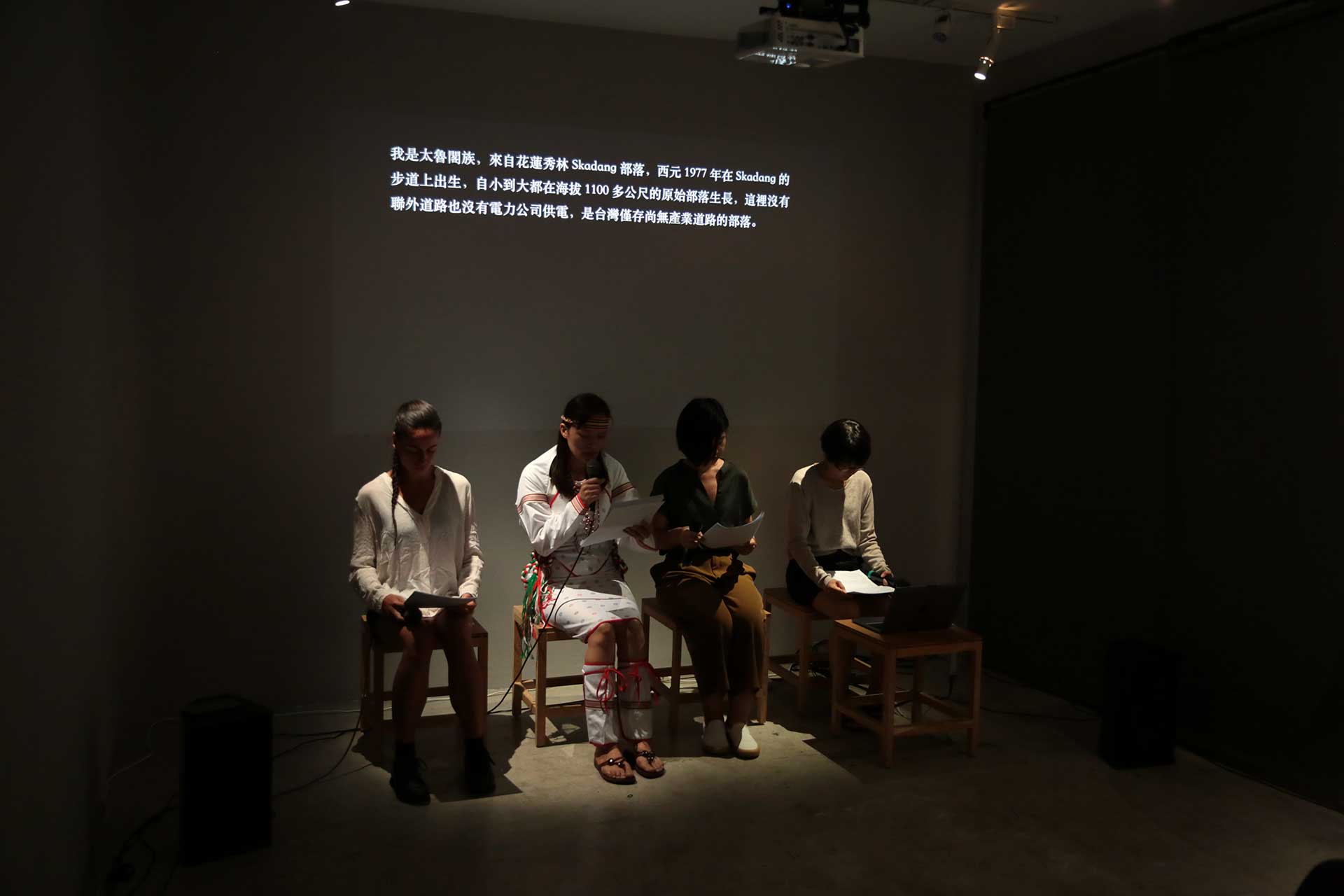
The gift exercise / Invitation 4: Sakadang, Nina Willimann & Mayumi Arai in collaboration with Nac Hijiyu and Shang Chiao Li
The gift exercise / Invitation 4: Sakadang, Nina Willimann & Mayumi Arai in collaboration with Nac Hijiyu and Shang Chiao Li
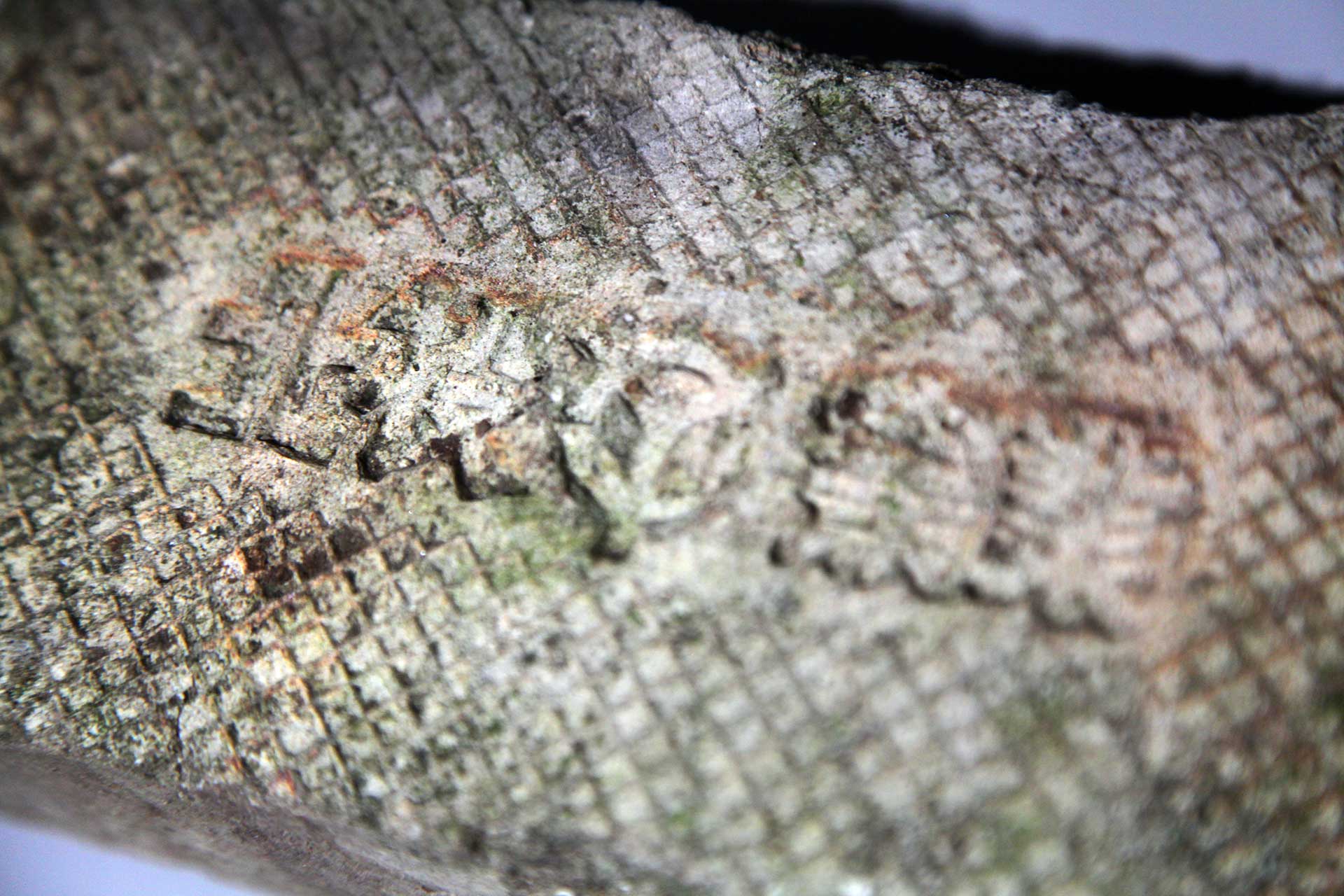
Tengu, and sea cucumber and historical explore, Cheng-Te Chin
Tengu, and sea cucumber and historical explore, Cheng-Te Chin
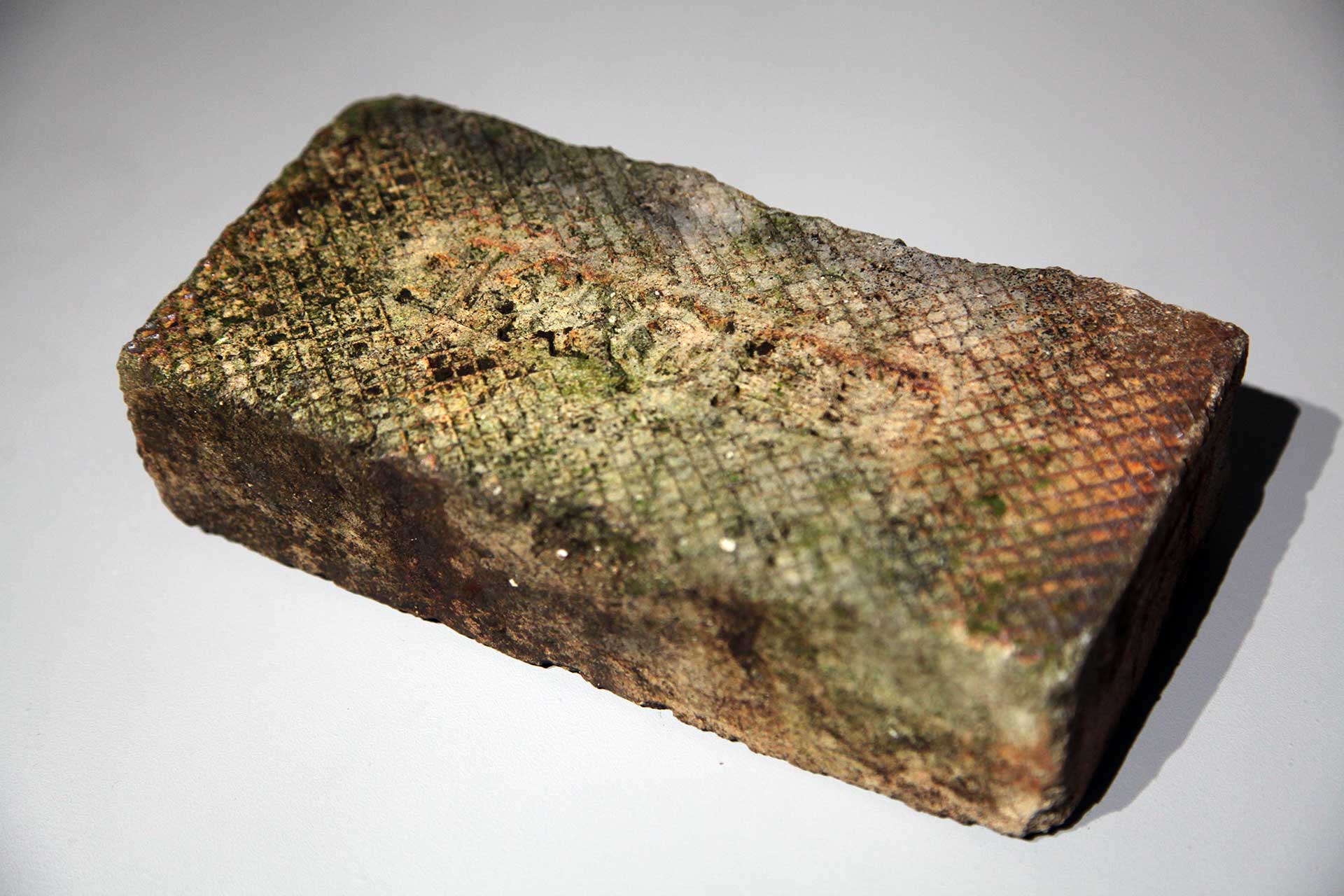
Tengu, and sea cucumber and historical explore, Cheng-Te Chin
Tengu, and sea cucumber and historical explore, Cheng-Te Chin
